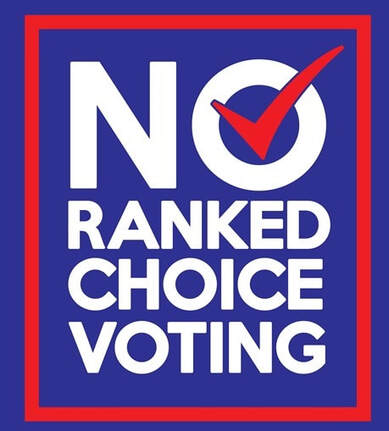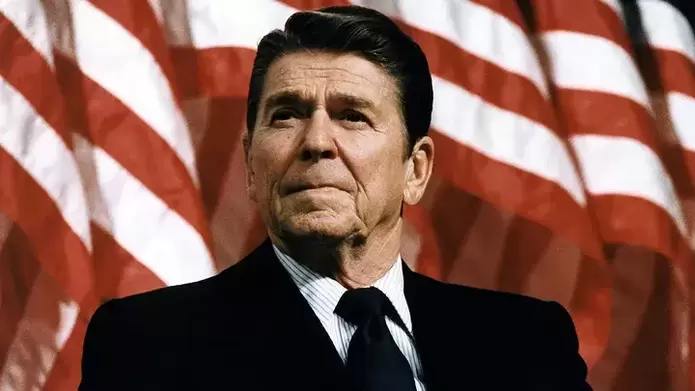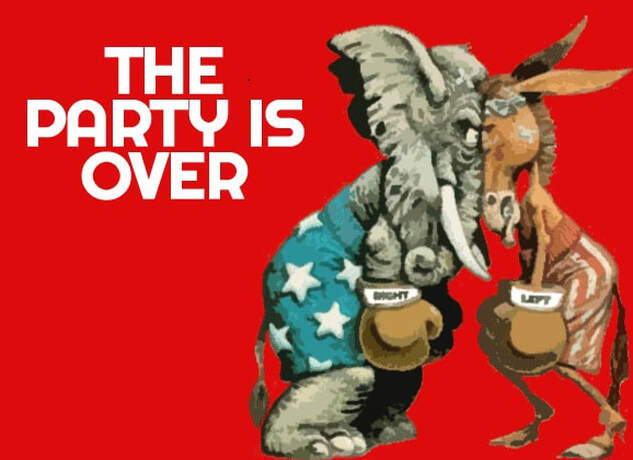|
The constitutionality of RCV turns on whether some voters are afforded “an increased opportunity to affect the outcome of an election” than other voters. Among similarly situated voters, the Equal Protection Clause does not permit some votes to carry a greater weight than others. At the heart of this inquiry is whether RCV’s rounds of tabulation function as one election or multiple elections. I believe RCV functions as multiple elections and in so doing inflicts four primary burdens on voting rights.
1. RCV Operates as Multiple Elections RCV operates as more than one election and in doing so, affords some voters a weightier and unequal opportunity to influence electoral outcomes. Strong evidence that RCV systems produce more than one election exists in the text of RCV statutes, interest groups that support RCV, and state officials who have defended RCV in court. Statutes that enact RCV direct election officials to engage in multiple “rounds” of vote disbursement. Moreover, election scholars confirm that RCV is more than one election. According to leading political science professor and voting systems expert, Dr. Jonathan D. Katz, an election is defined as a given set of voters choosing amongst a given set of candidates. Each time the voters and candidates change, there is a distinct and separate election. In practice, RCV does precisely that. If no candidate receives a majority of votes, the lowest candidates are removed from contention and eliminated from the pool of viable candidates. But not only do the candidates change in subsequent rounds of an RCV election, so do the voters. For example, in one San Francisco RCV election, by the final round of tabulation, twenty-seven percent of voters had their ranked ballots exhausted and were no longer actively participating with the other seventy-three percent of voters. Because both candidates and voters change in every subsequent round, RCV is properly considered not one, but multiple elections. Some may argue that RCV’s practical consequence of producing multiple elections is inconsequential. However, this commonly-deployed argument ignores the more serious threat lurking in the background. Although passed off as “subsequent rounds” of a single election, properly understood, RCV’s multiple elections treat some voters more favorably than others. Voters who rank a non-continuing candidate first, and thus have their second or third choice considered, get to morph their ballots into outcome determinative votes. In contrast, voters who rank a continuing candidate are stuck with a single choice and that single vote. Moreover, while some voters have their votes counted again and again, others have their ballots eliminated in RCV’s subsequent rounds. For an example, consider the election data from a San Francisco RCV election. It is illogical to suggest that the twenty-seven percent of voters who had their ballots exhausted by the last round were afforded an “equal chance” to impact the outcome of the election—they did not even have a vote to exercise in the later elections. Thus, contrary to the Ninth Circuit’s reasoning in Dudum, votes are not afforded the “same mathematical weight” in RCV elections. Rather, RCV operates as multiple, unequal elections where some votes are elevated to outcome-determinative status, some are locked in place, while others are exhausted entirely.
0 Comments
''Reagan was the great optimist' — he also said we must 'recognize that evil exists in the world'
Ronald Reagan's values, vision and vibrant personal optimism inspired a rebirth of American pride, growth and exceptionalism in the 1980s, after nearly two decades of social and cultural upheaval. "Reagan was deeply concerned about America in the late 70s," Virginia-based historian and author Craig Shirley told Fox News Digital. "America had gone through 17 long, horrible years beginning with the assassination of JFK." The quagmire of Vietnam, the author added, the failed presidency of Lyndon Johnson, the resignation of Richard Nixon, the Iran hostage crisis and the infamous social and economic "malaise" of the Jimmy Carter administration all created the feeling of a nation in decline. Reagan countered the appearance of cultural decay with pro-growth economic policies and an investment in American muscularity abroad. He also invested political capital in the nation’s spiritual rebirth: Patriotism, faith and family, individualism and the belief that the best days for America were still ahead. “The ceremony of innocence is drowned:
The best lack all conviction, while the worst Are full of passionate intensity.” --W.B. Yeats Osama bin Laden rightly coached his followers that “the people want to follow the ‘strong horse’ and will abandon the weak one.” We are witnessing our nation now being destroyed by the powerful Democrat demons and betrayed by the pitiable weakness and cowardice of our Republican champions. Unless the Republicans, the Patriots, the Conservatives, the lovers of our Constitution, quickly rise up and display backbone, this great American experiment may well perish from the earth. Providence and our brilliant Constitution have given us a legal pathway to saving this nation, but it must be grasped and pursued with courage and righteous power. While the Democrats dishonored the tool of Impeachment against President Trump by using false and illegitimate reasons for their debauched actions, this must not be the excuse for abandoning this worthy instrument for correcting against corruption and stupidity in our highest public offices. The evidence for Biden’s corruption and betrayal of America mounts by the day. We cannot wait for the situation to ripen further. youtu.be/tIl57cchRqs
Overview shows a straightforward explanation of government systems, basic economics, and timeless moral principles. Because of following them, America became the most unique and prosperous country in history. |
AuthorBill Olson Archives
April 2024
Categories
All
|






 RSS Feed
RSS Feed
